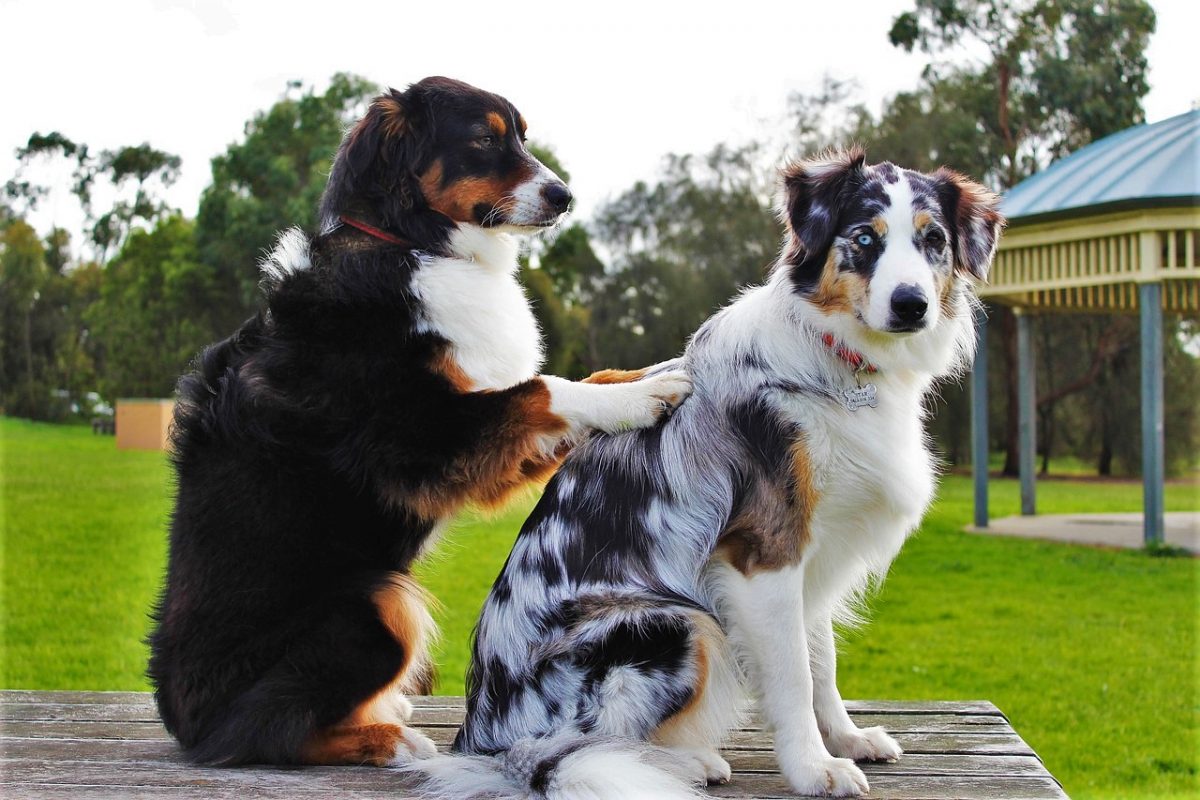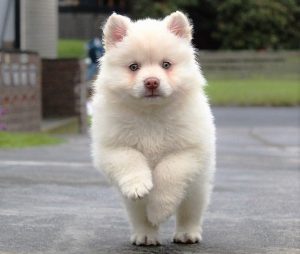
If you have ever experienced an injury or undergone a surgery, then you understand just how important physical therapy is. Rehabilitation workouts not only help to reduce pain but also strengthen muscles in different areas, and hasten the recovery process. Ideally, physical therapy is the best way to get you back in shape after you’ve encountered a traumatic event.
However, it is not only humans who can benefit from physical therapy. Rehabilitation is also being recommended to animals, particularly our canine companions. Animal physical therapy helps to address an array of problems from orthopedic surgery to arthritis, neurological disorders, and paralysis. If you’ve come across a video of a dog attempting to walk on an underwater treadmill, then you’ve seen a small section of animal physical therapy at work.
Just like we humans, animal rehabilitation offers a ton of benefits. But how can you decipher when your dog or cat needs it? If you start noticing subtle changes in their behavior, you should probably consult an animal physical therapist. These include:
If your pooch is exhibiting any of these signs, you should confirm that there is nothing severe going on. As such, you’ll need to take them to a vet, who can perform a complete physical exam. This will include diagnostics like taking blood samples as well as radiographs.
Animal rehabilitation is used to treat a range of conditions including:

If you’ve decided to take your pet for animal therapy, you can choose from an array of exercises as highlighted below:
As your pooch develops more strength, you can decrease the level of water in the tank. But if you want to continue increasing your pet’s strength, consider taking him for longer therapy sessions.
Since pets cannot communicate or express their feelings the way humans do. It means that you should start by finding the best animal therapist for your pet. He should have experience and expertise to perform the different techniques. The two professionals you can consult are a certified canine rehabilitation practitioner or a certified veterinarian. In doing so, you will be minimizing the likelihood of any complications arising from the animal rehabilitation.
Although it’s often considered safe, performing any other animal therapy methods in the wrong way can have devastating effects. It could even worsen the condition affecting your pet. Another thing to keep in mind is that canine rehabilitation, even if done rightly, can lead to some form of discomfort or pain. As such, it’s vital that you take care by feeding him appropriately and giving him other pain medications.
Pets take care of their owners in so many different ways. People who live with dogs or cats are said to have better cardiovascular health, a decreased risk of depression, minimal stress levels, and better social interactions. Pets have a significant impact on our overall health. Dogs, cats, horses and other animals are incredibly helpful to our health and wellbeing, what about their own? One of the best ways to care for these animals is through animal rehabilitation.
Animal rehabilitation is primarily about employing the basic principles of physical therapy with the aim of improving function, mobility, and animals’ overall health. There are different techniques that can be used such as massage, electrical stimulation, hydrotherapy, obstacle courses as well as heat and cold therapies.